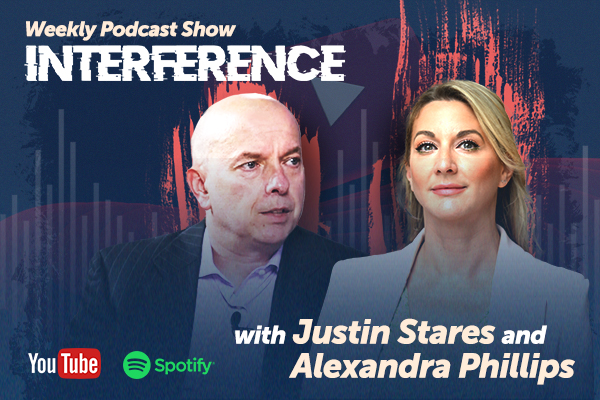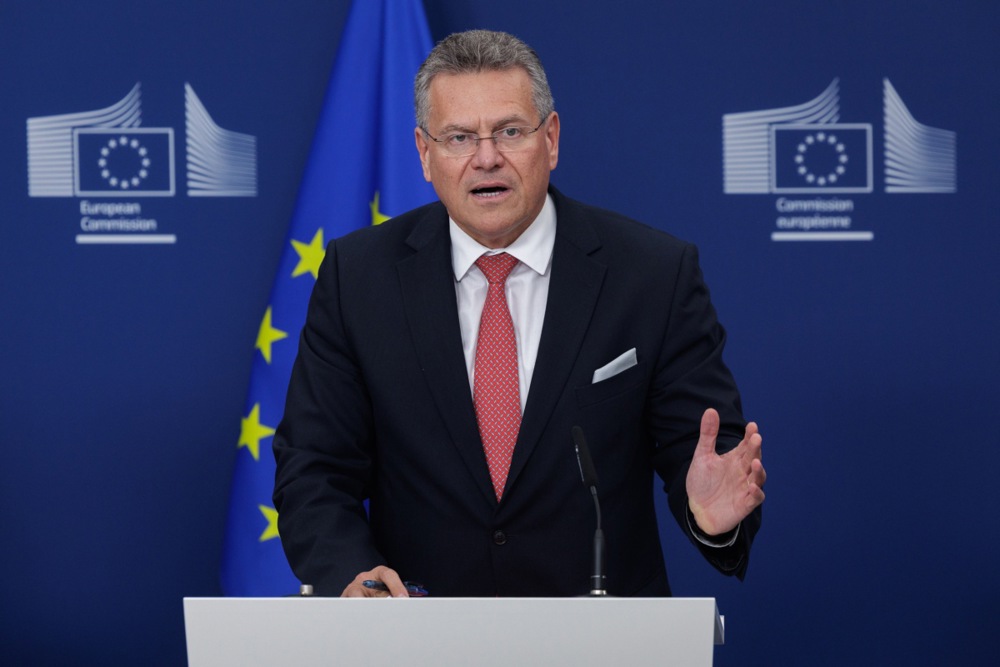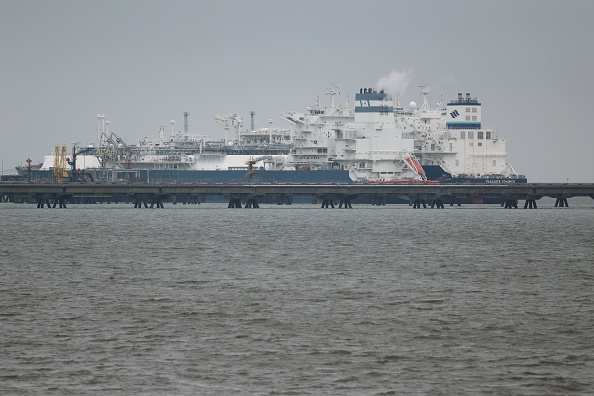European Union officials had dismissed the UK’s 10 per cent tariff deal with the US as second-rate — yet the bloc now faces a 30 per cent tariff threat of its own.
Until only days ago, the UK’s 10 pre cent tariff agreement with the US was widely perceived in Brussels as a modest outcome.
The European Commission said it was seeking a more comprehensive arrangement, and one that reflected the weight of the European single market and its institutional leverage.
In retrospect, the UK’s early acceptance of what now appeared to be comparatively lenient terms may be viewed by some as less a misstep than a quietly effective negotiating.
On 12 July, a 30 per cent tariff notification was sent by the White House to the EU and Mexico.
The message arrived barely 24 hours after speculation had circulated regarding a potential framework agreement between the EU and the US that could have been unveiled before July 13.
Instead, a flat-rate tariff letter landed in Brussels, making it clear that the pause was over. As noted by Brussels Signal on July 3, the timing should not have come as a surprise.
“You either receive a tariff letter, or a deal,” the US President Donald Trump had said earlier.
Varg Folkman, political economy analyst at the European Policy Centre, told Brussels Signal on July 14: “The EU was sure it could get a better deal than the UK and held out for it.”
He noted, though: “During the last weeks … the buzz has very much been that the deal Europe’s facing may be slightly worse than the one the UK got.”
European Commission President Ursula von der Leyen acknowledged the letter and confirmed that the EU would continue suspending its own countermeasures until early August, aligning the timeline with the August 1 deadline set by Washington.
“We will therefore also extend the suspension of our countermeasures till early August and at the same time we will continue to prepare further countermeasures so we are always prepared,” she said on July 13.
The day the EU received the letter, her office also released a statement noting that “imposing 30 per cent tariffs on EU exports would disrupt essential transatlantic supply chains, to the detriment of businesses, consumers and patients on both sides of the Atlantic.”
The EC reaffirmed that it “remains ready to continue working towards an agreement by August 1”, while reserving the right to “safeguard EU interests” if required.
A similar tone was struck two days later when Trade Commissioner Maroš Šefčovič addressed the press following a meeting of EU trade ministers.
“From day one the EU has approached the talks with the US in good faith,” he said, adding that “as I have said before, it takes two hands to clap”.
Šefčovič also drew attention to internal procedural constraints, calling for a review of the average 22-month delay between the conclusion and implementation of EU-only trade agreements.
His remarks were followed by those of Lars Løkke Rasmussen, Danish foreign minister whose country is current holder of the Council of the EU presidency.
Rasmussen confirmed that the 30 per cent tariff threat had been discussed among member states and described the collective reaction as unified.
“I confirm member states find this totally unacceptable,” he said. “There was a strong feeling of unity in the room. The statement, that if no satisfying negotiated solution comes, we retaliate with proportionate countermeasures, unifies us.”
While stressing that ministers did not seek escalation, he was clear that a response remained possible: “We do not want a trade war with the US … but I don’t believe in the idea of escalate-to-deescalate either.”
In Folkman’s view, the issue was not only about timing. “Maybe the EU could have gotten a better deal by moving faster, like the UK, but Trump also dislikes the EU and has explicitly targeted and railed against key EU industries, like autos, so I doubt it,” he said.
Folkman also questioned the apparent mismatch between Brussels’ strategic assets and its tactical restraint. “The EU has leverage to use. American industry is reliant on EU industrial inputs like machinery and chemical, almost to the same degree as its dependence on China.
“It is just a matter of actually using the leverage and capability you have, and the EU has proven unwilling to do so, so far,” he said.
For now, the EC continued to align its timetable with the August 1 deadline. An ING Economics July 13 report on the topic argued that delaying retaliation until that date is consistent with earlier decisions.
“Why strike back now,” ING analysts asked, “if the counter-tariffs were also held back before?”
In their assessment, only the August 1 deadline is legally binding; everything else remains fluid. “In today’s world,” the report noted, “three weeks is a very long time.”
Still, ING outlined several pathways: a negotiated outcome under pressure; a rhetorical escalation with no follow-through; or a more formal trade confrontation. A fourth possibility — a further postponement — was described as “politically not very attractive” for the US.
The analysis also listed possible EU moves, ranging from stepped-up US imports, to selective tariff reductions, to full retaliatory measures including digital services taxation or targeted export restrictions.
According to the same report, a blanket 30 per cent tariff could reduce EU GDP growth by 0.4 percentage points, excluding the impact of broader uncertainty since April.





